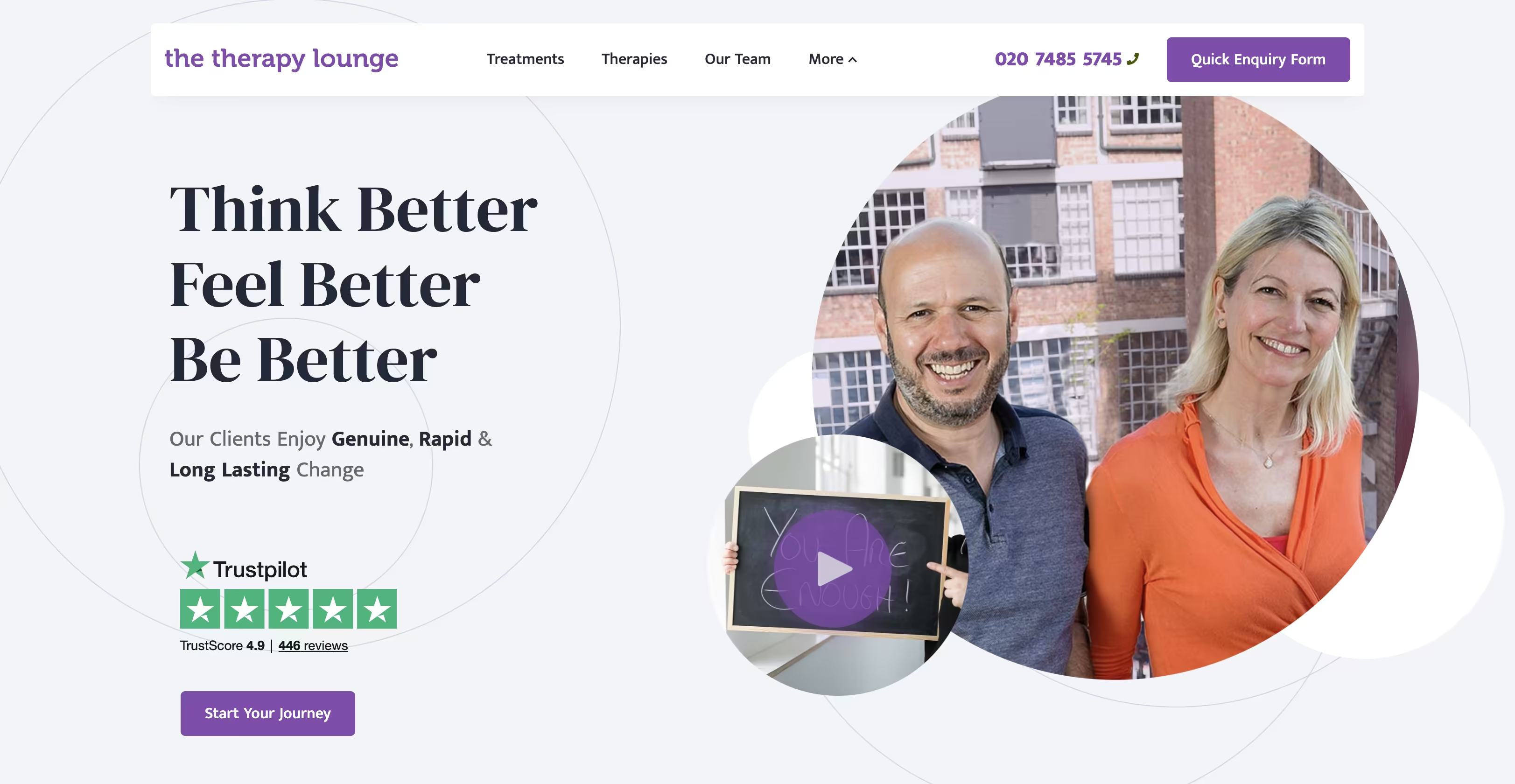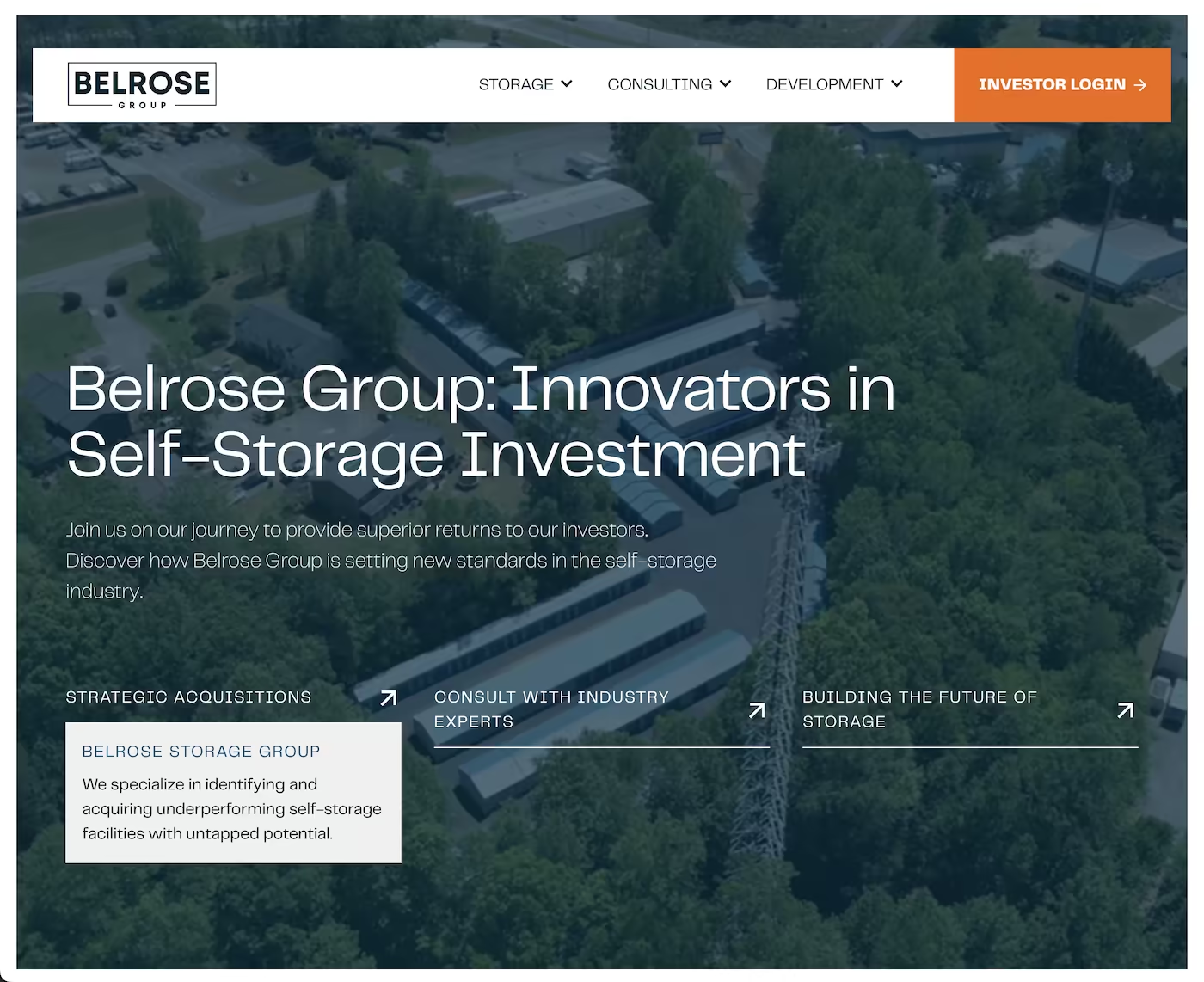LinkedIn B2B ROI Measurement Strategy
LinkedIn ROI measurement requires fundamentally different approaches than consumer-focused platforms, emphasising lead quality, relationship development, and customer lifetime value over volume metrics. B2B sales cycles and decision-making complexity demand attribution models that account for extended nurturing periods and multiple stakeholder involvement.
Effective LinkedIn ROI analysis focuses on business outcomes rather than engagement metrics, measuring how professional networking activities translate into qualified leads, sales opportunities, and long-term business relationships.
Lead Quality vs Volume Analysis
LinkedIn's professional audience generates higher-quality leads with greater conversion potential, requiring ROI measurement that emphasises lead scoring, qualification rates, and sales progression rather than simple lead volume comparisons.
Advanced Lead Scoring Integration
Sophisticated lead scoring systems evaluate LinkedIn leads based on company size, job titles, industry relevance, and engagement patterns that indicate genuine purchasing intent and decision-making authority.
This scoring enables accurate ROI calculation that considers lead quality differences, conversion probability, and potential deal values rather than treating all leads as equivalent for ROI analysis purposes.
B2B Lead Quality Metrics
- Decision-maker identification: Percentage of leads with purchasing authority
- Company size alignment: Lead qualification based on ideal customer profiles
- Industry relevance: Leads from target sectors with genuine solution needs
- Engagement depth: Professional interaction quality and relationship development
Customer Lifetime Value Measurement
B2B customers typically generate significantly higher lifetime value than consumer customers, making LinkedIn ROI measurement particularly dependent on long-term value analysis rather than immediate conversion tracking.
Extended Value Attribution
Customer lifetime value analysis for LinkedIn leads includes contract values, renewal rates, expansion opportunities, and referral generation that may occur months or years after initial LinkedIn engagement.
This extended attribution reveals LinkedIn's true business impact by connecting initial professional networking activities with long-term business relationships and revenue generation over multiple years.
Sales Cycle Integration and Attribution
B2B sales cycles often extend across multiple months with numerous touchpoints, requiring attribution models that track LinkedIn's influence throughout extended decision-making processes involving multiple stakeholders.
Sales cycle integration connects LinkedIn engagement with CRM data, sales activities, and conversion outcomes to provide comprehensive visibility into professional networking's contribution to business development success.
Account-Based Marketing ROI
LinkedIn's account-based marketing capabilities enable sophisticated ROI measurement that focuses on target account engagement, relationship development, and strategic business outcomes rather than individual lead metrics.
Account-based ROI analysis measures LinkedIn's effectiveness in penetrating target accounts, building relationships with key stakeholders, and advancing strategic business opportunities that align with long-term growth objectives.
Ready to implement sophisticated LinkedIn ROI measurement that reflects B2B marketing realities? Our approach combines lead quality analysis, customer lifetime value tracking, and sales cycle integration to provide accurate visibility into LinkedIn marketing's true impact on business growth and strategic relationship development.



